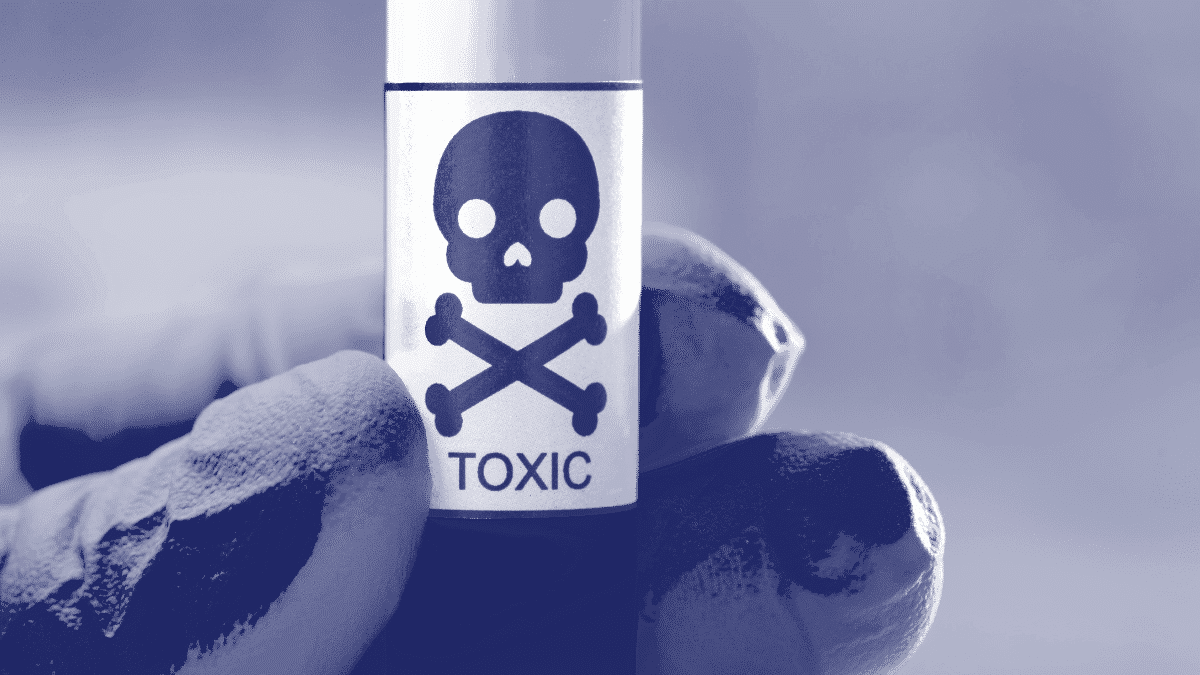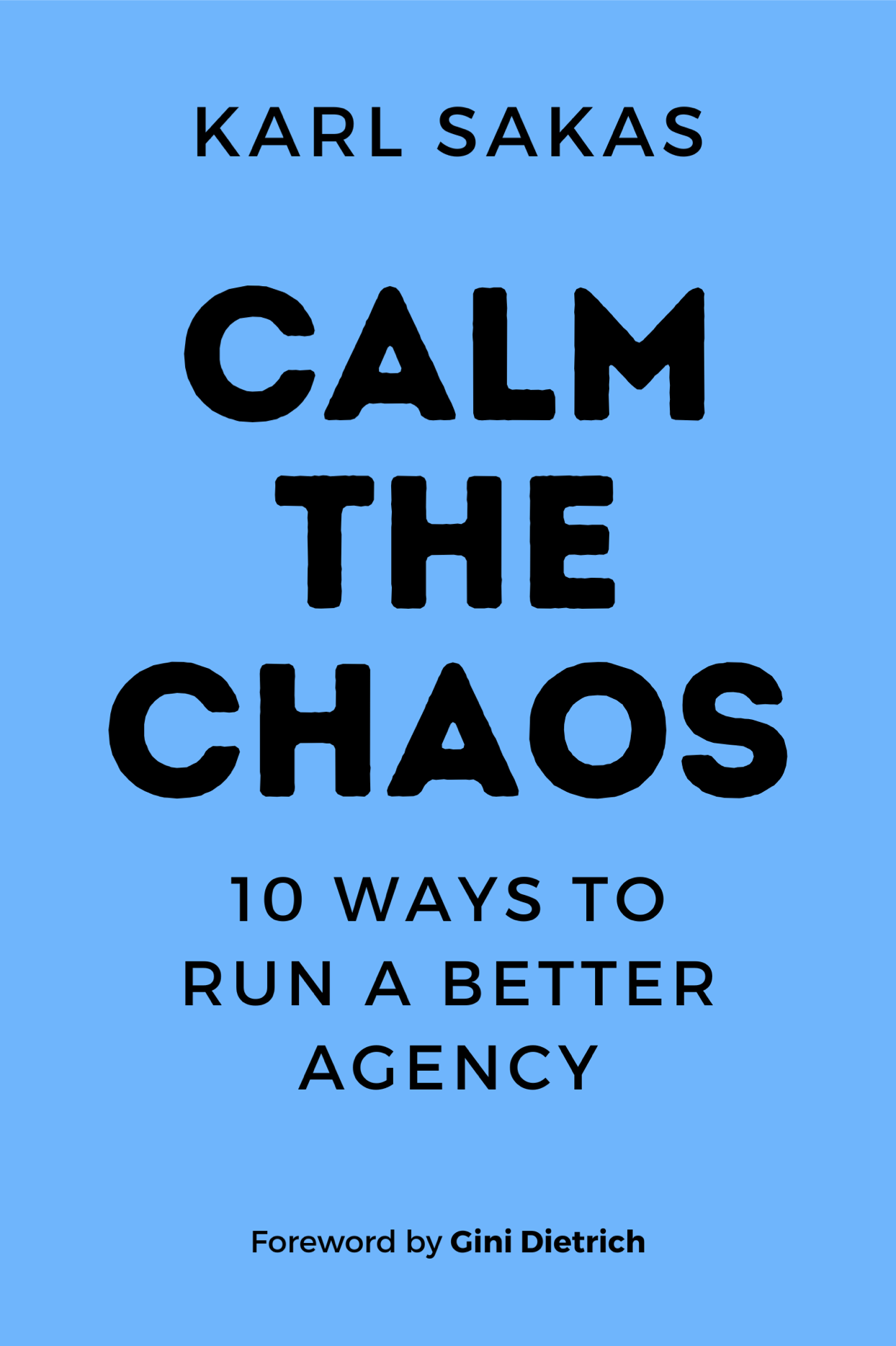In vampire lore, there’s an idea that vampires can’t enter your house without your permission—you have to invite them in. The vampire might seem charming at first, so you ignore your instincts and ask them to come inside. They inevitably attack, and now you’re dead… or a vampire, too.
Vampires aren’t real—but toxic employees at agencies are very real. And it’s the same mechanism—if you never hire the toxic employee in the first place, they can’t ruin your agency later.
Cautionary Tale #1: Desk Outside the CEO’s Office
A client shared how her agency kept hearing from a job candidate who seemed mediocre. She finally decided to give him a chance—and immediately regretted hiring him. The employee was so lazy, the CEO finally put his desk outside her office, to watch whether he was actually working!
His complaints—and unwillingness to pitch in—hurt the morale of other employees, who resented that he got away with not working as hard as they did. When I first connected with the agency CEO, the toxic employee had just resigned—which was just as well, because I’d have recommended firing him.
Let’s define “toxic employee” and then look at seven warning signs to help you avoid hiring them in the first place.
What is a toxic employee?
First, what is a toxic employee? My definition: people who don’t fit your culture, resist doing the job you need them to do, and damage the morale of your other employees.
The keys are willfulness (they’re doing this intentionally) and contagiousness (their attitude spreads).
If someone is incompetent, they’re not necessarily a toxic employee. And if they’re self-contained, they may not be “contagious”—but that’s rare in agencies, where there’s so much teamwork and collaboration.
Cautionary Tale #2: The “Reluctant PM”
A friend’s agency hired a PM several years ago. Their top candidate came from a design background, and all of her past jobs were as a designer—yet she told them she was organized and wanted to be a PM. They didn’t probe too deeply past that, and hired her.
What happened? Almost immediately she was interfering with the designers, second-guessing their design decisions and complaining that she didn’t get to do design herself.
In short, she refused to do the job they hired her for—the job the agency needed her to do.
In retrospect, I think she didn’t want to be a PM, but she saw the PM job as her foot in the door.
Things did not have a happy ending—the agency finally fired her nearly a year later… and then she sued them, falsely accusing them of medical discrimination.
This is a by-the-book story of a reluctant employee, someone who can do the job but doesn’t want to. You should avoid these hires at your agency, since they bring morale down and aren’t generally interested in the job they’ve been hired for.
Toxic employees: 7 warning signs for your agency
You can’t always predict toxic employees—but it’s easier when you know what to look for. Here are risk factors to consider:
- None of their references are former bosses… and they have a range of somewhat strange reasons why you can’t speak with a former boss. (For instance, every past boss has left the company, died, retired, and/or changed their phone number.)
- Their resume and LinkedIn profiles don’t match on job dates or titles. This is a red flag that they’re trying to hide something.
- They seem interested in tangential aspects of the job, instead of the core focus of the job.
- They make dismissive comments about past (or current!) coworkers and clients.
- They ignore instructions in your application process and encourage you to take shortcuts for their own convenience.
- Their attitude goes beyond confidence—that they’re qualified and are a good fit—and crosses into entitlement—that they deserve the job and you’d be lucky to have them.
- Their references share cursory answers and seem unwilling to share negatives about the candidate.
To be clear, those factors don’t guarantee that someone is a toxic employee—but they’re definitely signs that you need to be careful.
Cautionary Tale #3: “I told you that already“
My agency hired a developer (as a remote employee) to help us on a new project. The recruiting firm handled reference checks and he was able to start far sooner than we originally expected.
His job was to create the technical architecture our biggest project in a decade. As the PM, I noticed he was slow on delivering the plan, but I assumed that was related to his getting up to speed on our system.
Then I noticed the toxic developer kept saying, “I told you that already.” My existing coworkers and I were all competent at our jobs—yet if none of us understood what he said. In that case, who’s the common factor?
The showdown came when we asked him to explain a recent decision, during an internal conference call. He sighed heavily and said, “Working with you is like trying to teach algebra to kindergarteners!” And he hung up on us.
Unfortunately, we didn’t fire him for another two months. My boss put another PM on the project, thinking it may have been a personality conflict between me and the developer. Funny thing… the new PM had the exact same problems with the developer.
Avoiding toxic employees at your agency
Think about your current job candidates. From the examples and criteria I shared, are there any vampires in the mix? Don’t invite them in!
Do you currently have “vampires” (that is, toxic employees) at your agency? I encourage you to take action sooner rather than later—more on that in a future article.
Question: How do you avoid hiring toxic employees at your agency?


